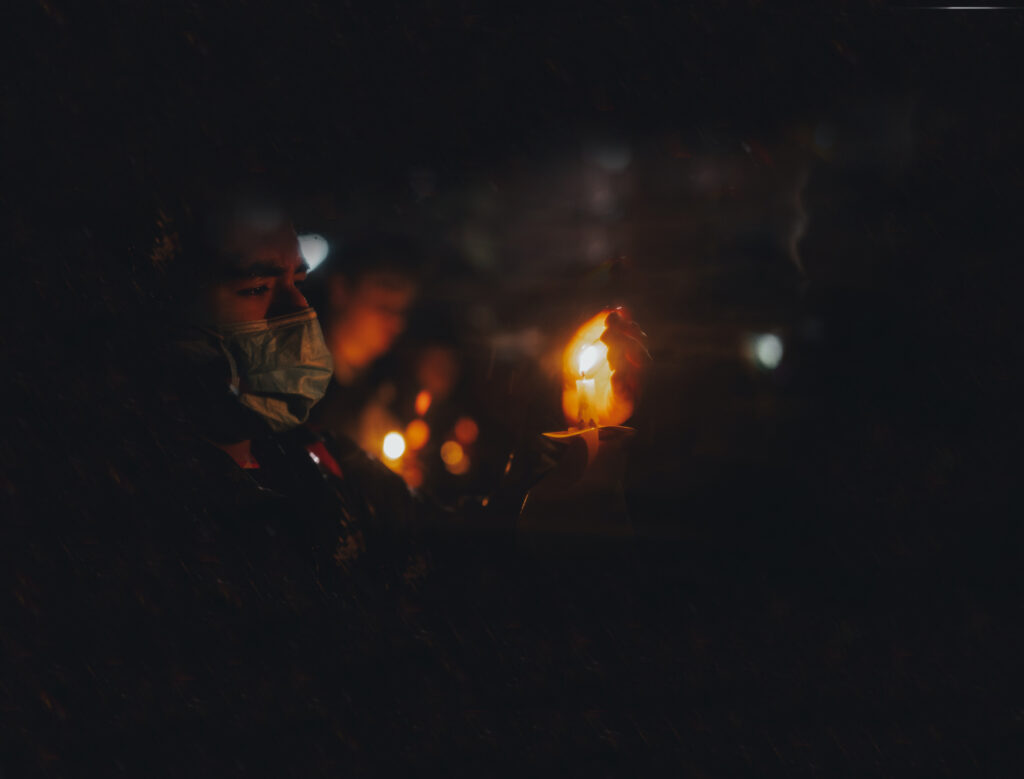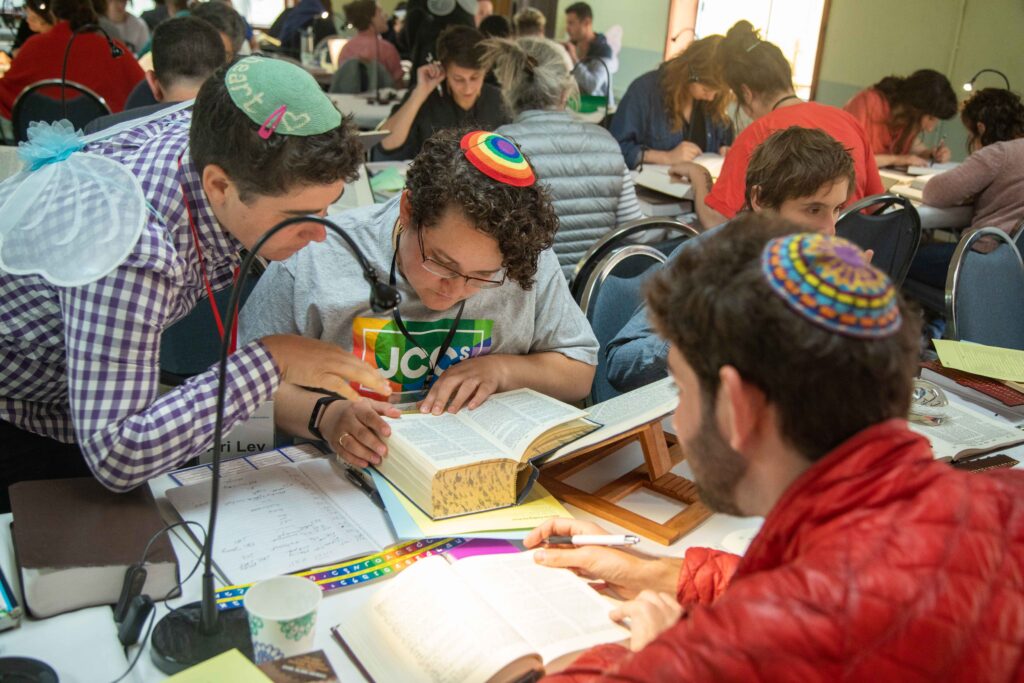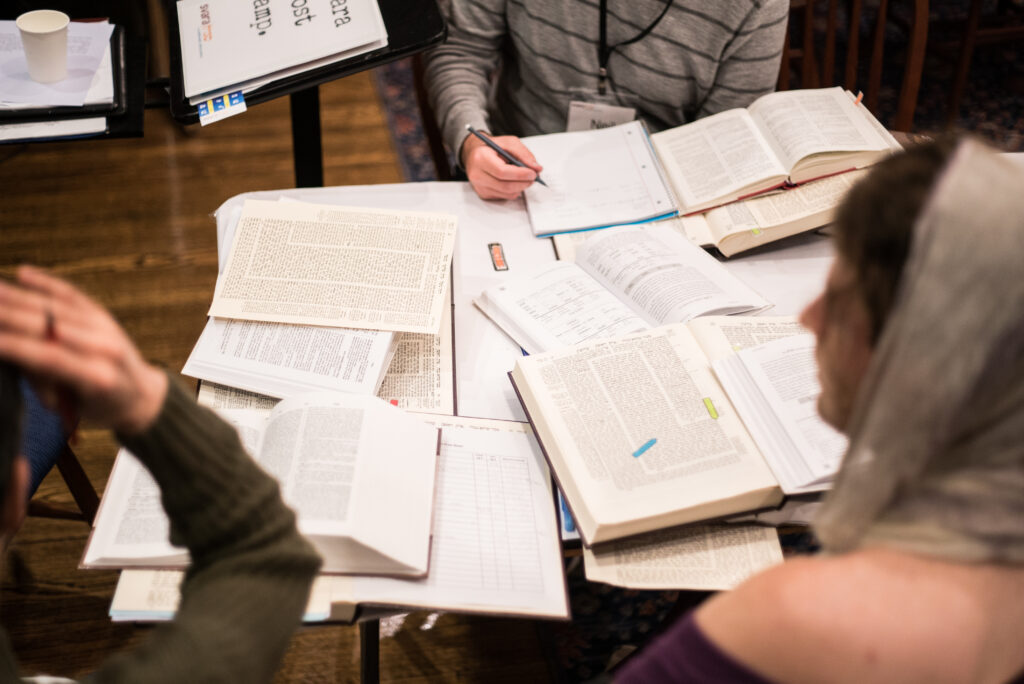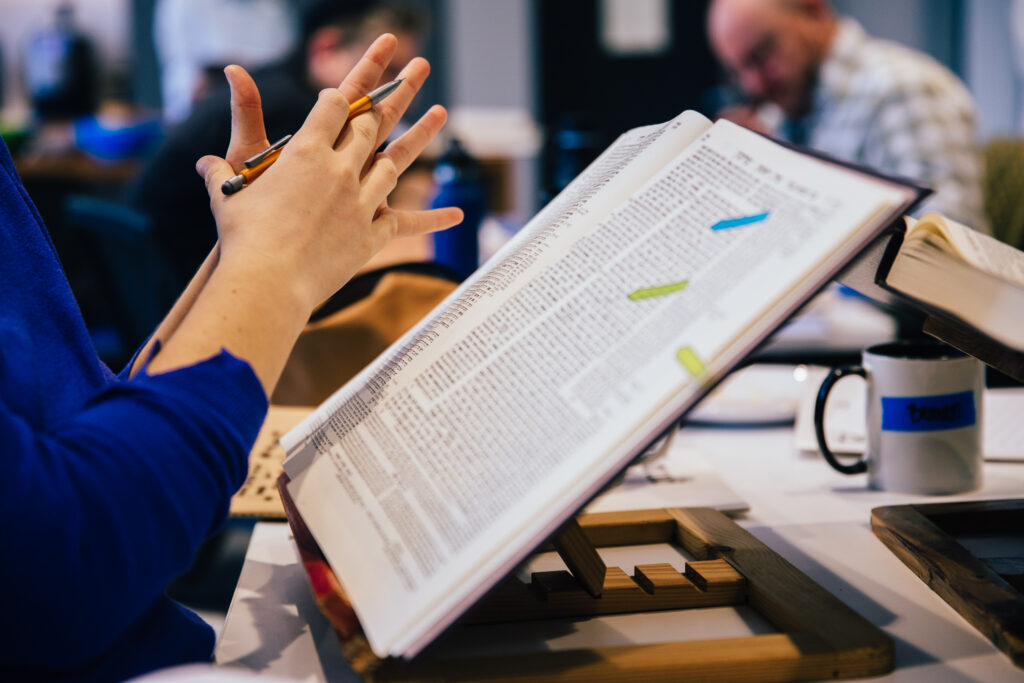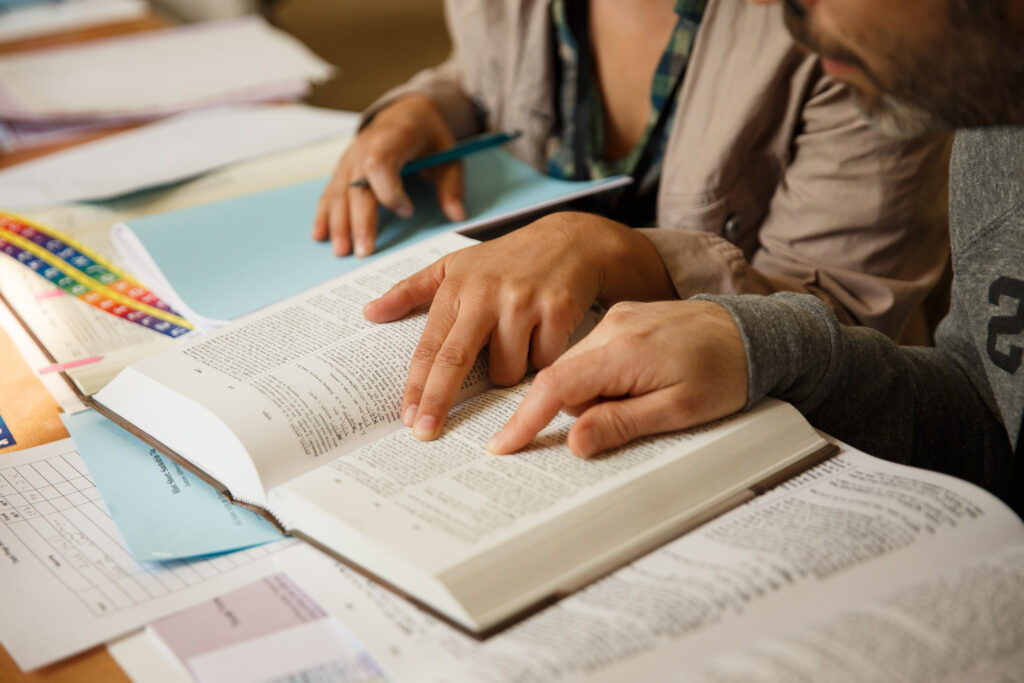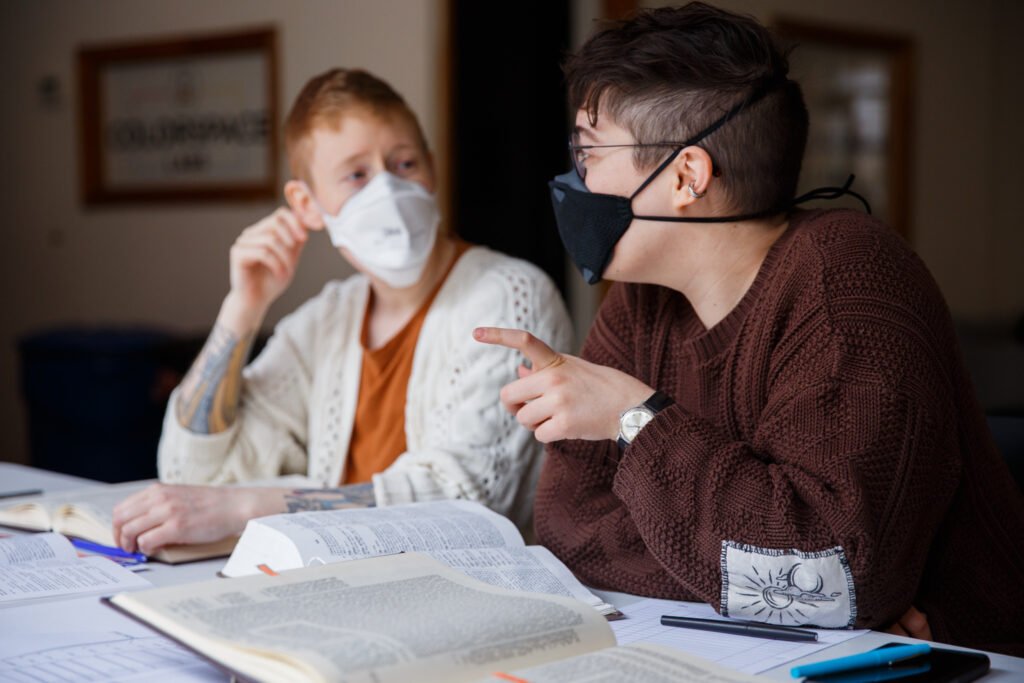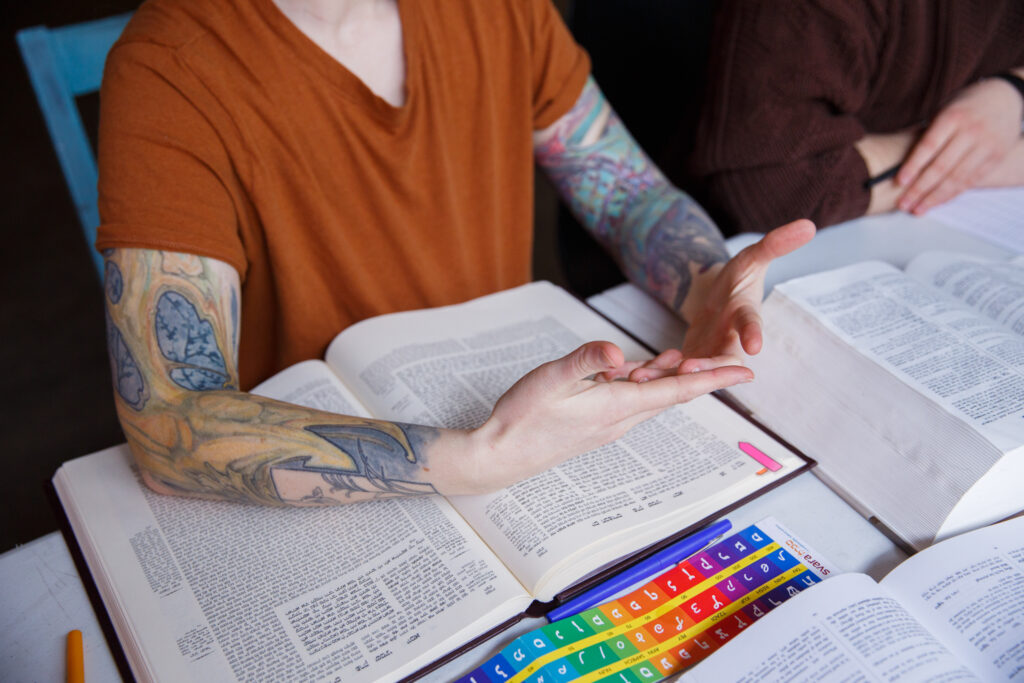In 1990 I was fifteen years old and freshly out as queer at my first Pride. Back then, Pride was not a parade of buff bodies gyrating to thumping music on corporate floats like today; it was still a protest. We were in the depths of the last global pandemic and people ill with AIDS walked slowly and rolled in wheelchairs down the street, supported by lovers and friends. I remember thinking, does being queer doom me to a life of loss? Have I made a mistake in coming out? But then I learned the power of queer grief technologies.
Eric Sawyer was one of the activists who founded the AIDS Coalition to Unleash Power, better known as ACT UP, in 1987. Sawyer said the group channeled their grief into the energy needed to fight against the mistreatment of people with AIDS. “Every ACT UP general meeting began with an announcement of who died that week,” he said. “It was the rage and the anger from seeing all of our friends die and from being ill and not having the government care.” Queer grief technologies kept AIDS activists connected to each other and to their memories, at the same time as helping them imagine a different kind of future.
This lesson in the power of mourning has guided me over the last 30 years and led me to become a grief activist. Today, as my heart is breaking, I am leaning heavily on our queer grief legacy. There is so much to mourn and to rage about right now. Like many of you, I am worried about family members and friends in Israel and Palestine. I am mourning as I see young people running for their lives at a music festival in Israel. And my heart is broken as a Jew, as I watch more than a million Palestinians exiled from their homes (including children, disabled people, and elders) in my name.
Some of you might feel like you don’t have a right to grieve for the terrible loss of Israeli and Palestinian lives if you don’t have direct relatives in the region. This feeling might be heightened for converts to Judaism or those who feel like outsiders in Jewish community for multiple reasons. But we all have a right to our grief. Disenfranchised grief, is a term coined by the thanatologist (death educator) Dr. Kenneth Doka, in his 1989 book Disenfranchised Grief: Recognizing hidden sorrow. It refers to losses that are not socially validated, such as the loss of pets, queer relationships, community, or the grief we feel for people we don’t know personally who die in mass atrocities like this one. We will all come to experience disenfranchised loss at some point in our lives and yet, due to the silence that surrounds this type of grief, we usually feel alone and alienated when it’s our turn.
I am also grieving the Israeli government’s actions and my grief is not just disenfranchised but also suffocated. “Suffocated grief” is a term that was introduced by Black grief expert Dr. Tashel Bordere in the early 2000s. It refers to grief that is not only stigmatized, but punished. Bordere explains the difference through the example of the 2020 uprising for Black lives, which was triggered by mourning for George Floyd: “Protests really are our expressions of grief,” she said in an interview. “It’s a behavioral expression of grief… But then we’re also seeing quiet protesters who are following the rules of protests being tear gassed and sprayed and their grief is being penalized, right? So, it’s one thing to walk by and ignore the protest; that’s disenfranchised grief. ‘I’m not going to acknowledge it.’ But, when we decide to tear gas people who are grieving, then we’re punishing people for that.”
For people like me, who are mourning not only the horrific loss of life in Israel on October 7th, but also the Israeli government’s actions in Gaza right now through criticism or peaceful protest, our grief feels suffocated in similar, tangible ways. In a time where so many are feeling tender and raw, when we should be coming together to mourn and draw strength from each other, instead there can be consequences for expressions of shared grief and criticizing Israel in many corners of the Jewish world. There is concern over losing funding for work, becoming ostracized from families or synagogues, or even being targeted by hate-mail or doxing. In progressive Judaism today, it is more permissible to question God or Torah, than the modern State of Israel.
The dangers of expressing our sorrow in a grief-phobic world are real. However, there are also real dangers to suppressing grief. I have learned in twenty years of offering bereavement care and from my own family, that pushing away grief leads to disconnection from other people and ultimately despair. When my grandmother Lily died at 96 years old, my grandfather Leo was in rehab recovering from a car accident. Lily and Leo were Holocaust survivors who met in a refugee camp after liberation. Lily was the center of Leo’s life for more than sixty years. After her death, my aunt and uncle hid all the photographs of Lily and donated her clothes, before Leo returned home. When my grandfather got back to their shared home, all traces of their marriage had disappeared. My aunt explained that they wanted to save him from the pain of mourning, which I do not doubt was her intention, but the impact was that Leo felt unmoored. He was unable to access the best parts of his life, and the love they shared. The last time he had lived without her was when he was an inmate in Nazi prison camps and he was thrown back into that time: isolated and despairing.
There are many ways to avoid loss. It’s also tempting to try and avoid grief by “fixing” it with a rapid response, but the painful truth is there is no way to quickly repair true loss. Americans learned from the response to 9/11 what it looks like when grief is weaponized instead of metabolized. For true healing, we need to feel loss and digest it and that takes time. As a bereavement spiritual care provider, I have seen how repressed or avoided loss is passed through the generations forming who we are and what we fear. Just as the Holocaust shaped my own 1980s childhood, what is happening in Gaza right now is shaping future generations in real ways.
The Talmud offers a grief technology for tending to loss, to bring intergenerational healing. We learn in Bava Batra 60b that after the destruction of the Temple, there were zealots who wanted to grieve forever and deny themselves pleasures like wine and meat indefinitely. The great Sage, Rabbi Yehoshua, told them that it is impossible to mourn like that endlessly. Instead, he introduced them to Jewish grieving technologies. According to Rabbi Yehoshua, after the destruction of the Temple we should still indulge in pleasure, but reserve a tiny space for grief to slowly and steadily integrate this profound loss over time. For example, when we are redecorating we should leave a corner of a newly plastered wall unfinished to memorialize loss; in every feast we should leave out an appetizer to mark our sorrow; and when we are getting dressed up we should remove a key cosmetic element, to show that we are no longer complete. In Jewish grief technologies, “moving on” is not valued. These grief practices are done endlessly as a way to keep a perpetual connection to what was lost.
It’s important to note that the Rabbis of this era were not in favor of actually returning to Jerusalem or rebuilding the Temple. They were fully invested in life in the diaspora, and found holiness through text study and acts of kindness, as opposed to through animal sacrifice in the Temple. These practices kept rabbinic Judaism connected to its collective memory, at the same time as innovating a wholly new kind of Judaism. Their goal was not to reclaim the actual physical location of Jerusalem, but to stay connected to a shared history and to leave space for the presence of loss in each and every generation. Rabbi Yehoshua’s approach of mixing a little bit of grief into every joy is maintained in today’s Judaism through practices like breaking a glass at a wedding.
Jewish grief technologies are congruent with the lessons I learned when I was fifteen years old and put on a rainbow beaded necklace and laced up my purple Doc Martens to go to my first Pride march in downtown Toronto. At the end of the march, we gathered in the park to recite the names of our dead, light candles, and embroider our memories into quilts. I learned then that expressing grief out loud is action and action is life; silence is death. It is grieving that taught me how to harness bereavement into world change.
Just as trauma and loss is passed through the generations, so is the possibility for genuine healing and restoration. What I learned about queer grieving and care changed the way I mourn and how I teach my child to cope with loss. Today, I am dreaming of all the tears we are shedding, seeping through time to heal the hearts of future generations.

